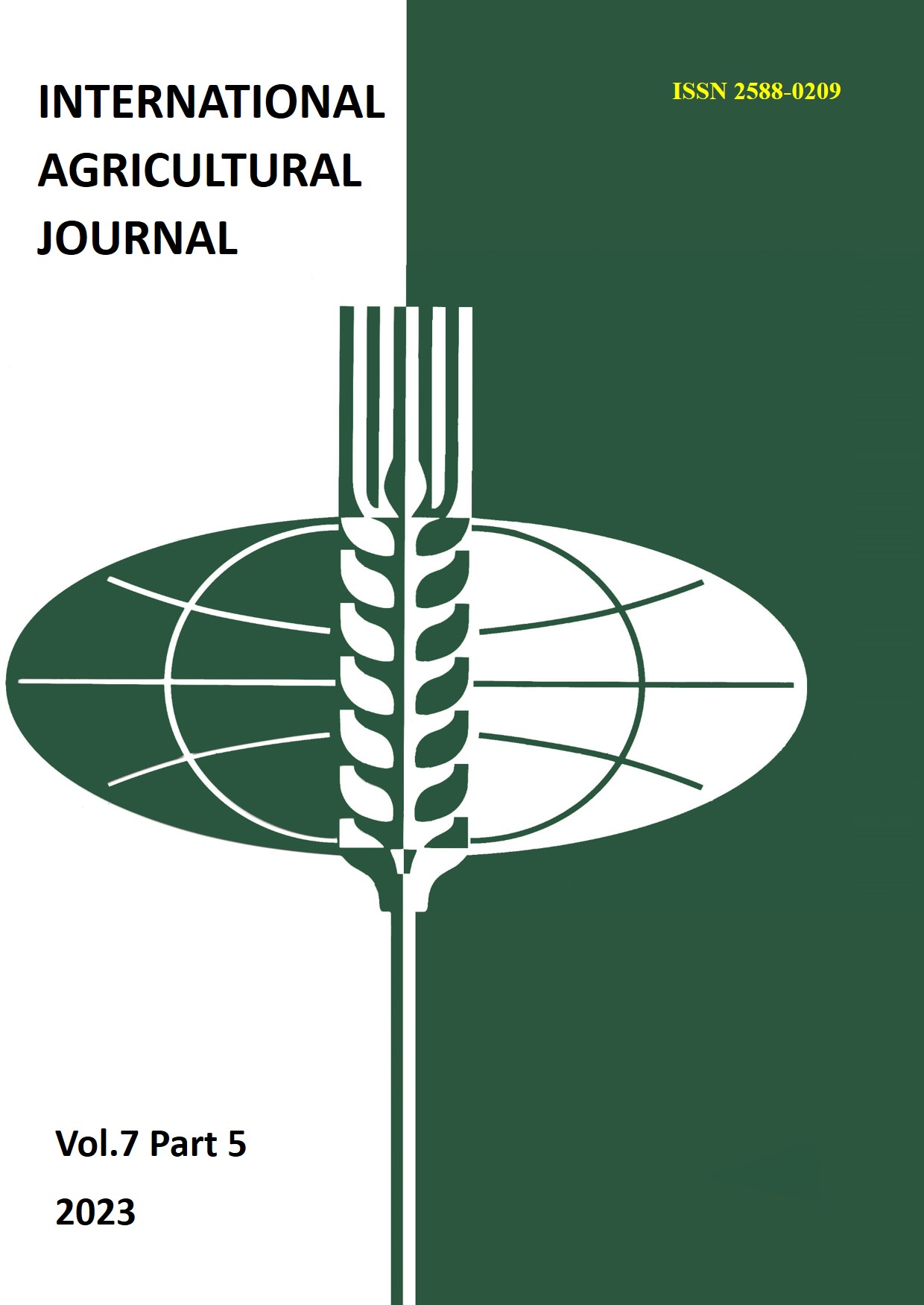THE DEVELOPMENT OF TRADITIONAL LIVESTOCK INDUSTRIES IN THE ARCTIC RAYONS OF YAKUTIA IN THE FIRST POST-SOVIET PERIOD: THE DYNAMICS OF LIVESTOCK AS A QUANTITATIVE INDICATOR
Main Article Content
Abstract
The article analyzes the dynamics of a quantitative indicator in the development of traditional animal husbandry in 15 arctic and northern rayons of Yakutia in the first post-Soviet period - the number in herd horse breeding and cattle breeding in farms of all categories in the 1990s. Statistical analysis identifies three groups of areas of natural and economic specialization: northwestern coastal, north-eastern, indigiro-kolyma. The dynamics of the number of horses and cattle in each rayon has retained its own characteristics. But in all 15 rayons, the number of horses decreased by 31.5%, cattle – by 34.4%. A significant reduction in the number in animal husbandry made the situation with traditional economy in Arctic Yakutia in the 1990s very difficult. The management measures taken did not help to stop the process of a significant decrease in the first quantitative indicator – the number of livestock.
Article Details
References
1. . 2. Belyanskaya M.H. Tradition and modernity. The culture of survival of the northern Tungus in Northeast Asia. Historical and ethnographic essay. St. Petersburg, 2004. 122 p.
2. Buzdalov I. N. Agrarian theory: conceptual foundations, historical trends, modern ideas. M., 2005. 343 p.
3. Verbitskaya O. M. Rural family at the stage of socio-economic transformations 1985-2002. Moscow: Institute of Russian History of the Russian Academy of Sciences; Center for Humanitarian Initiatives, 2017. 408 p.
4. Vinokurova L. I. Aboriginal ethnic groups of the RS (Ya) in a modernizing society // Ethnosocial development of the Republic of Sakha (Yakutia). Novosibirsk, 2000. PP. 163-187.
5. The History of Yakutia: in 3 volumes / S. I. Boyakova, E. P. Antonov, N. I. Burnasheva [et al.]. Volume III. Novosibirsk: Nauka 2021. 592 p.
6. Kovlekov S. I. Agrarian reform in the Republic of Sakha (Yakutia) in 1991-1995. // Sovereign Republic of Sakha (Yakutia) (1991-1996): problems of radical transformations. Yakutsk, 1999. PP.76-110.
7. Krupnik I. I. Arctic ethnoecology. Models of traditional nature management of marine hunters and reindeer herders of Northern Eurasia. M: Nauka. 1989. 272 p.
8. . 9. Multicultural agrarian economy and the Russian village (ser. 80-90s of the twentieth century). M., 2001. 620 p.
9. Nikolsky S. A. Agrarian course of Russia: the worldview of reformers and the practice of agrarian reform in socio-historical, economic and philosophical contexts. M., 2003. 376 p.
10. Problems of the Far North of Yakutia: the state and solutions. Yakutsk: Severoved, 2001. 180 p.
11. Reflexive peasant studies: A decade of studies of peasant Russia / Edited by T. Shanin, A. Nikulin, V. Danilova. M.: MVSHSEN, ROSSPEN, 2002. 592 p.
12. Sannikova Ya. M. Management of traditional economy (on the example of Yakutia at the end of the twentieth century). Yakutsk: IGIiPMNS SOR RAS, 2022. 178p.URL:http://igi.ysn.ru/wp-content/uploads/2023/01/Sannikova-YA.M. Monografiya.pdf
13. Modern Arctic: study experience and problems. Yakutsk, 2005. 196 p.
14. Yamskov A.N. Traditional nature management: problems of definition and legal regulation // Legal anthropology. Law and life. Ed.: Novikova N.I., Tishkov V.A. M.: Publishing House "Strategy", 2000. PP. 172-185.
15. United Departmental Archive of the Ministry of Agriculture of the RS (Ya). F.35. Op.1. D.266.

